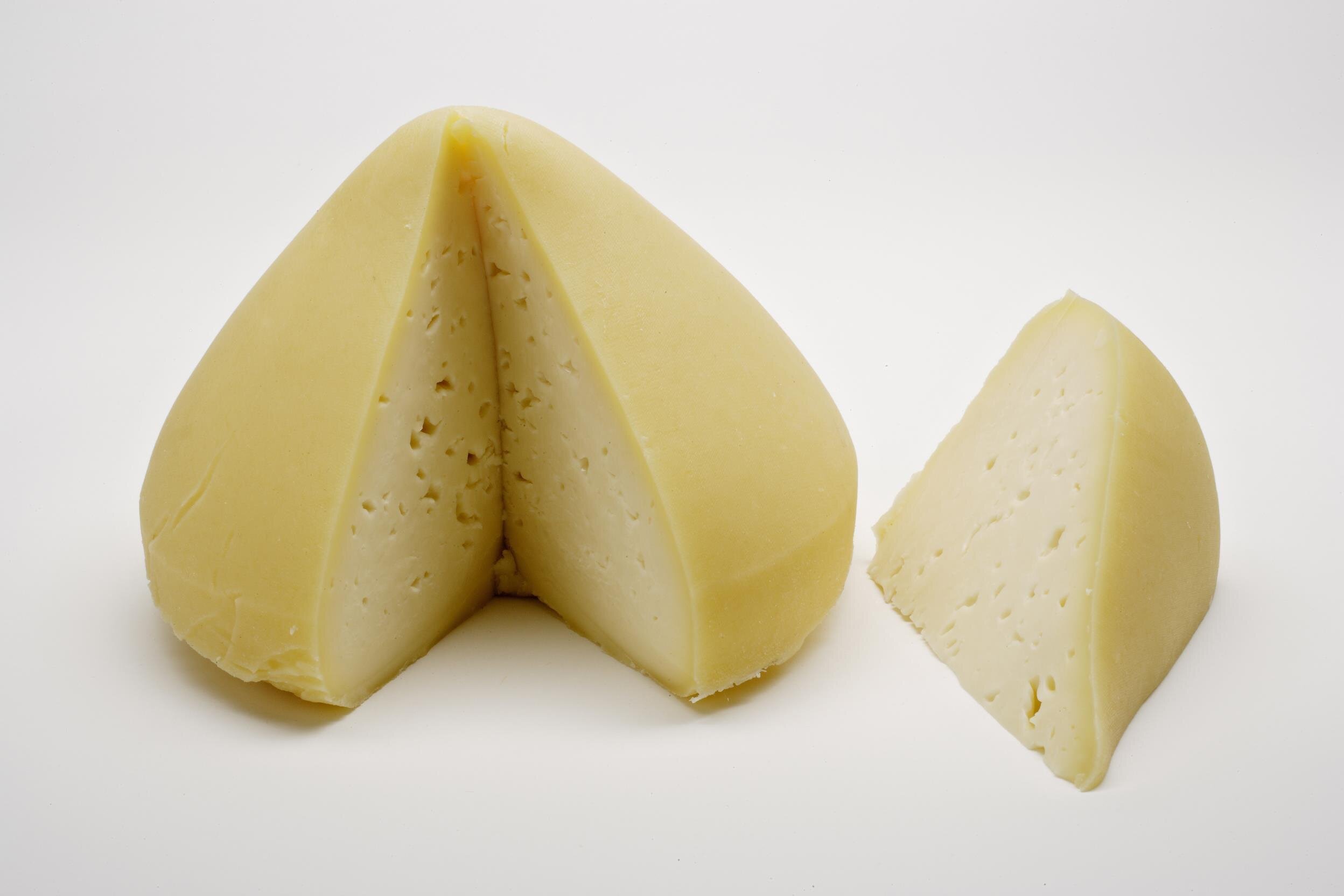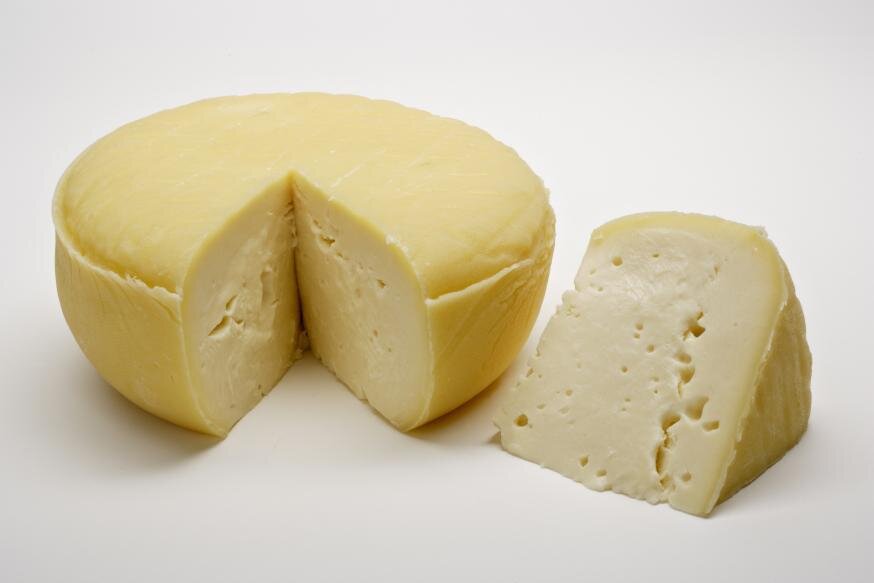Galicia’s Most Iconic Cheeses
With its lush green pastures, it is no wonder that Galicia is Spain’s main dairy region and might as well be referred to as the land of a million cows. As a matter of fact, there is one cow for every 2.7 inhabitants in the region. But in some smaller villages, that ratio is easily flipped around!
Galicians take great pride of their cows… The cows spend the majority of their time outside and rotate from one pasture to another to ensure that the pasture that they are grazing does not become deprived of nutrients over time. These grass-fed cows are of the Friesian, Alpine Brown and Rubias Gallegas breeds. This last breed, whose name means “blond Galician”, derives its name from its caramel hide. The milk of all three breeds is often blended to produce some of Galicia’s most iconic cheeses.
Four of these cheeses have D.O.P (denominación de origen protegida) status which essentially means the product comes from a specific region and is produced following certain standards. Products that don’t conform to the origins or standards cannot use the name. Experiencing these four cheeses and understanding their differences gives you a very nice insight into both the Galician dairy industry as well as the Galician way of life.
The most well-known Galician cheese is the provocatively-shaped Tetilla. It derives its name (“little tit”) because it is shaped like a woman’s breast. It is aged anywhere between 10 and 30 days. Its yellow skin is firm yet elastic and the compact interior is relatively soft. The color ranges from ivory to light yellow. It has a very creamy, slightly buttery mouth feel and the taste is mild with very little salt and very low acidity. It is commonly served as dessert in a Galician meal with fresh fruit or quince paste.
Similarly shaped to the Tetilla except a bit more elongated, San Simon da Costa is another well-known Galician cheese with d.o.p status. It is smoked for a few hours over birchwood and then aged between 30 to 45 days. Its skin is smooth and waxy, with a dark tan color. The interior of the cheese is firm and smooth. Aromatic and smoky, the taste is mild and buttery. Because of its smokiness, I prefer to enjoy this cheese all by itself just accompanied by a glass of Albariño.
Deriving its name from the small medieval village that sits on a high ridge in the Galician mountains, Cebreiro cheese was created by the village monks over 1000 years ago and resembles a chef’s hat or a mushroom in shape. This cheese comes in two varieties: a fresh variety that has been aged for only two days, thus making it the youngest of all the Galician d.o.p cheeses, and a matured variety that has been aged for about 6 weeks. The fresh variety has a creamy, slightly acidic taste and a spreadable texture while the mature version is firm and more piquant. I’m biased towards the fresh version and find that consuming it with honey creates a lovely contrast in tastes.
The Arzúa-Ulloa cheese is produced in the namesake towns from cows that graze along the Ulloa river. This soft cheese, made from raw or pasteurized milk, is matured for at least six days and is flat and cylindrical in shape with rounded edges. Its rind is thin and pliant, medium yellow, bright, clean and smooth. The cheese itself ranges from white to pale yellow and has a creamy and buttery consistency and fresh taste. It is low in salt and has a slight acidic touch. My fondest recollection of this cheese was when I had it as a simple snack in the middle of the afternoon and spread on fresh bread.







